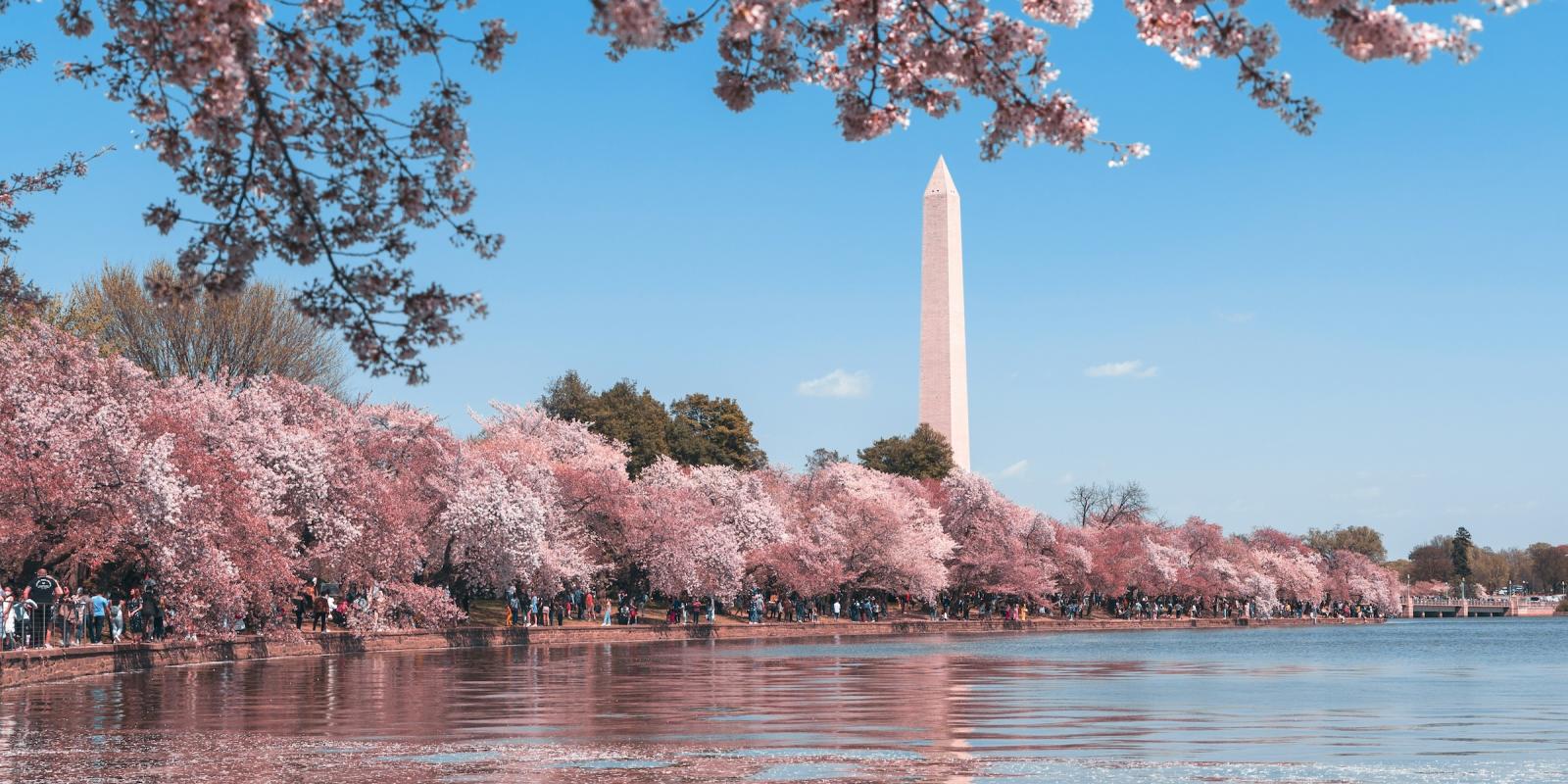Much like any city, Washington’s landscape is ever evolving, and the rise of gentrification has transformed many of the city’s neighborhoods. Take downtown 14th street, for example. Today, 14th street offers all the hangout spots a D.C. millennial yuppie might desire: hip bars, coffee shops, sleek gyms equipped with spin bikes... In the 1970s and 1980s, though, a less-conventional business threatened to displace the street’s small neighborhood shops: adult bookstores.
